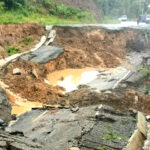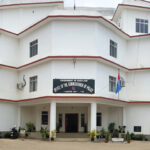Reports of tragic drowning incidents in Nagaland in recent months have cast a somber shadow over the state. Coupled with the Nagaland State Disaster Management Authority’s (NSDMA) critical weather alert forecasting severe rainfall and weather conditions, these events stress the urgent need for heightened public awareness and preparedness.
The NSDMA’s warnings about potential disruptions due to lightning, gale-force winds, and flash floods should not be seen as mere advisories but life-saving alerts. The public must heed these warnings, especially in vulnerable regions where the risk of extreme weather is highest. Avoiding risky activities near riverbanks and being cautious during heavy rains can significantly reduce the likelihood of tragic incidents.
These events also highlight a broader issue: the need for better preparedness in the face of natural disasters. Introducing swimming lessons in schools and community ponds could be a vital step forward. Swimming is not just a recreational skill but a crucial life-saving ability. During unforeseen situations, the ability to swim can mean the difference between life and death. Schools may incorporate swimming lessons into their physical education curriculum, and community initiatives could offer swimming classes, particularly for those living in high-risk zones.
While natural disasters are often unavoidable, their impact can be mitigated through proactive measures. The public must take weather advisories seriously and adopt preventive measures.
Simultaneously, teaching swimming as a life skill can enhance community resilience. The idea of teaching swimming can also be a viable entrepreneurial venture, much like gyms and futsal turfs.



